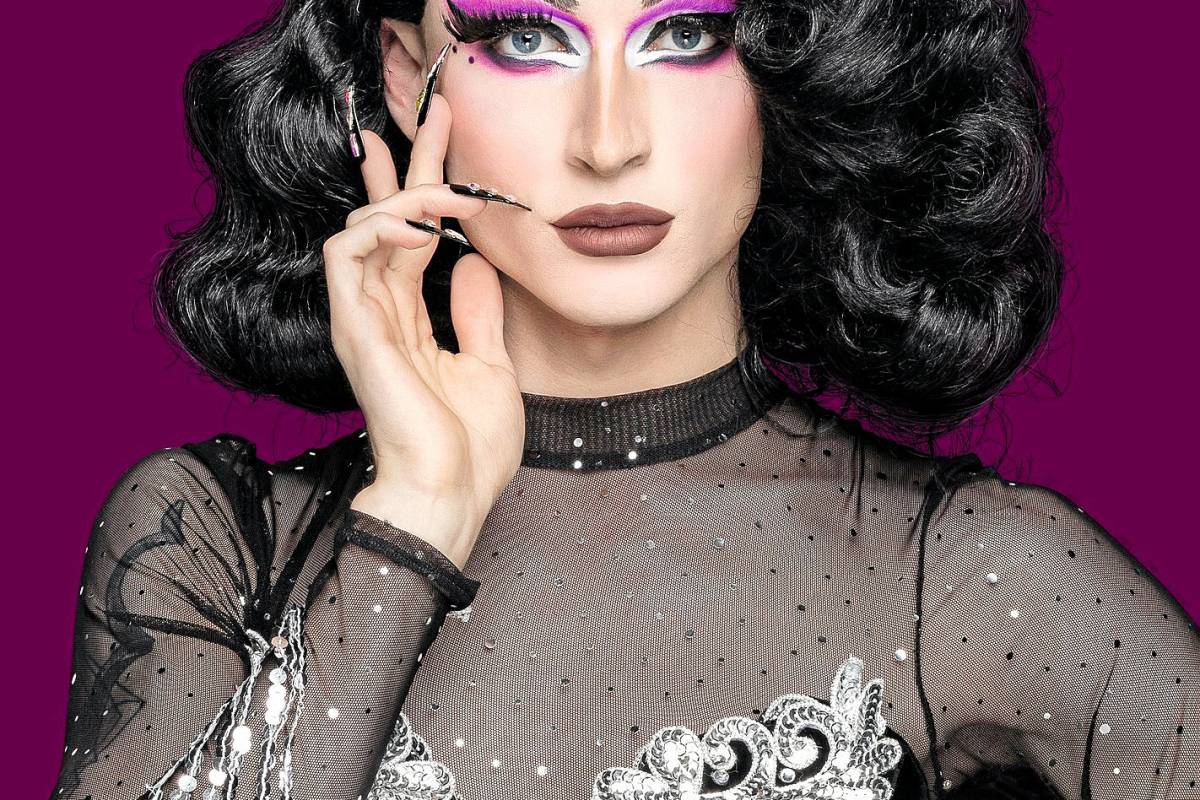Back in time: What is actually behind the term "drag"?

Just about everyone has probably had a Drag Queen or a Drag King have seen. At the latest with the name Gloria Viagra and Olivia Jones it should "click".
They (and many others) are among the flagship Drag Queens of today. But where does the term "drag" actually come from? If you only translate it, you will quickly realise: "drag" means nothing more than "to pull".
How the designation fits into the Scene has not been clarified to this day. What is certain, however, is that art was an integral part of the LGBTQ scene has become.
Accordingly, it is all the more interesting to embark on a short journey through time.
How did "drag" enter the scene?
The terms "drag Queen" and "Drag King" have now been used for decades. Actually, the term "drag queen" is already more than a hundred years old. Already around 1900, men in women's clothes were called "drag queens".
In order to get to the bottom of this, it is important to look at the subject scientifically - even if it may sound very dry. If you want to learn more about a society, you have to study its language, among other things.
But this is precisely where researchers quickly reach their limits. Because: What exactly lies behind the term and where it comes from has not yet been 100 per cent proven. As is so often the case, however, there are a few hypotheses on the subject.
For example, many scholars believe that the word "drag" is a compound of the words "Dressed Resembling A Girl" (in German: "dressed in the manner of a girl") is. Sounds logical? Maybe. BUT: According to this definition Drag Kings actually be called "Drab Kings" ("Dressed Resembling A Boy"). So the theory is a bit limp.
It is more likely that the term originates from the late 19th century. In the theatre scene, "skirts dragging on the floor" were called "drag". This would also explain why the term developed so early. (Background fact: until the 17th century, only men were allowed on stage). Therefore, they inevitably had to play female roles as well. In such cases, even William Shakespeare is said to have noted "drag" as a marginal note when a man was to appear as a woman.
What was taken for granted then is now classified under travesty art.
Drag Queen = Transvestite?
Many people, including Gloria Viagra by the way, are of the opinion that the modern drag Queens the transvestites of that time.
Others think that a clearer distinction should be made between drag queens and transvestites.
Because: A drag queen is a man who transforms into a woman on stage for artistic or humorous purposes and also adopts her attitude. This usually involves creating their own artistic figures, which sometimes have nothing in common with the man behind them. Thus, it is quite possible that a shy person, when he transforms into his female character, appears particularly extroverted.
Travesty artists, on the other hand, slip into many different female roles and also like to embody the personalities of famous female icons, such as Liza Minnelli. They are more interested in parody and imitation and usually do not create a completely new character.
Also important: drag queens and transvestites are once again different from transgender people. Unlike transgender people, drag queens and transvestites are content with their native gender or were born in the right body. They love to visually transform into women - always with the option of becoming a man again. They also do not necessarily have to gay be.
In summary: while drag queens and travesty artists usually love the big performance on the stages of this world and usually have not undergone gender reassignment, transgender people were born in the wrong body.
Looking for the latest home trends? These furniture & colours are in now.
Keine Kommentare vorhanden